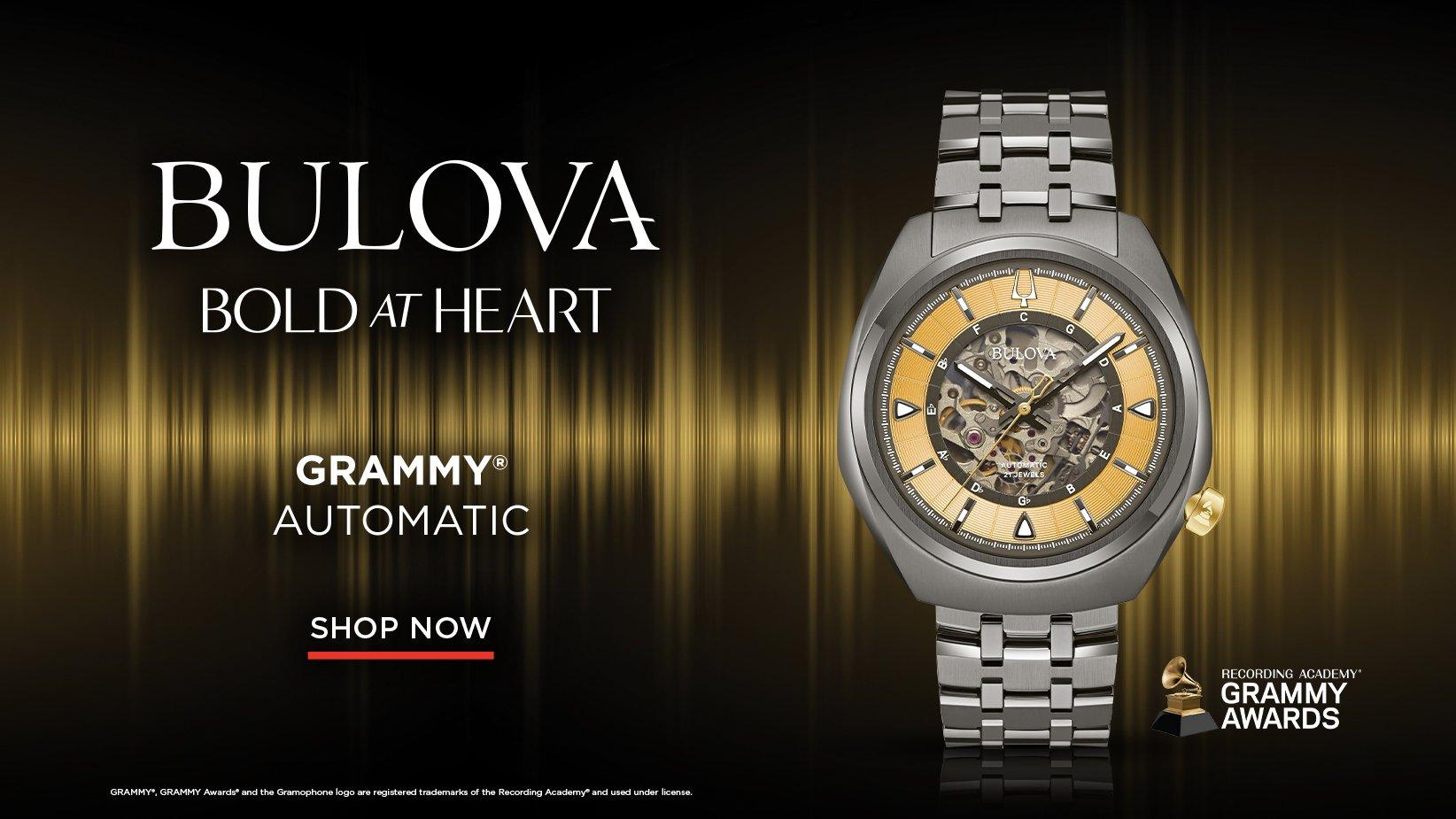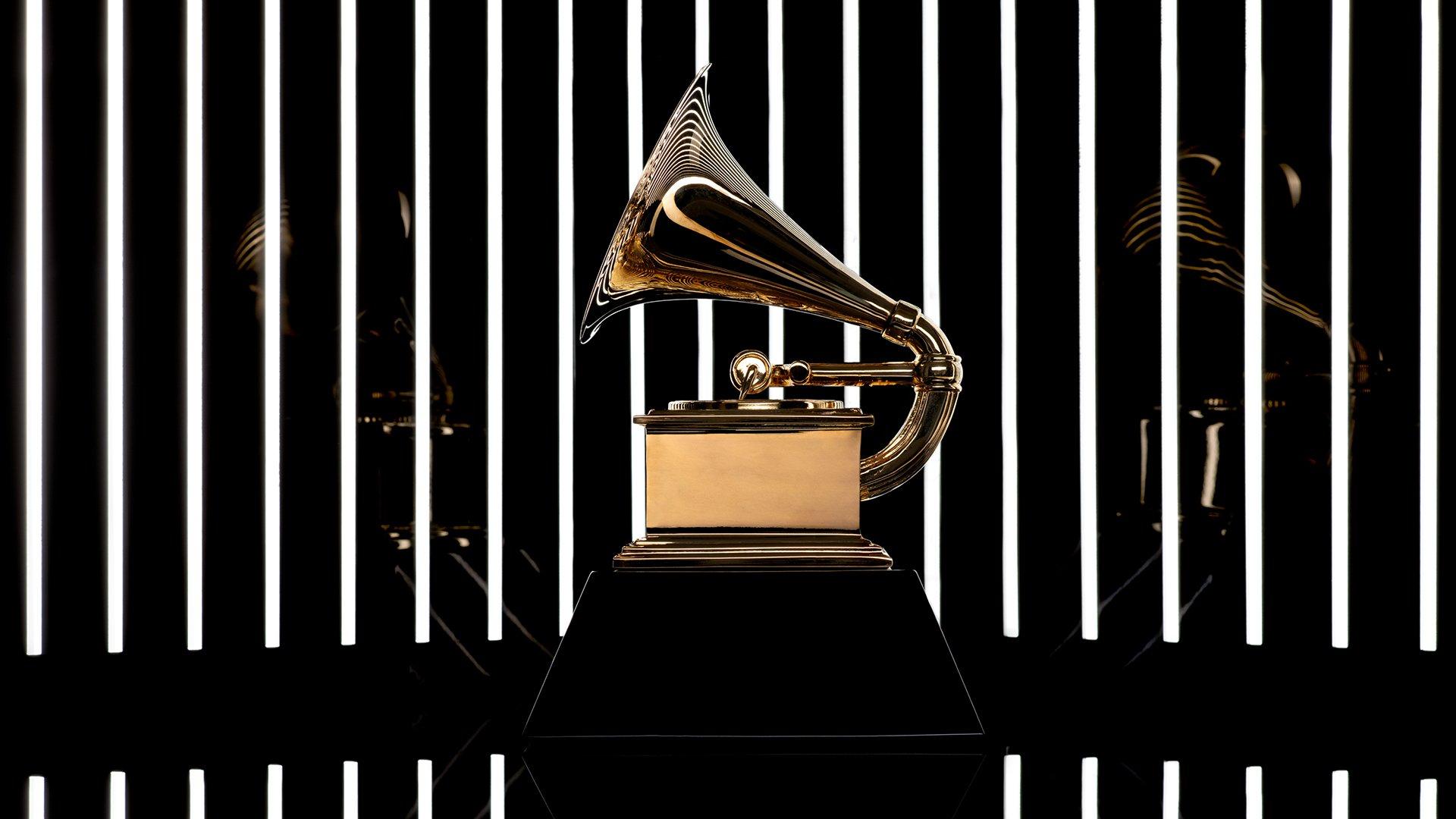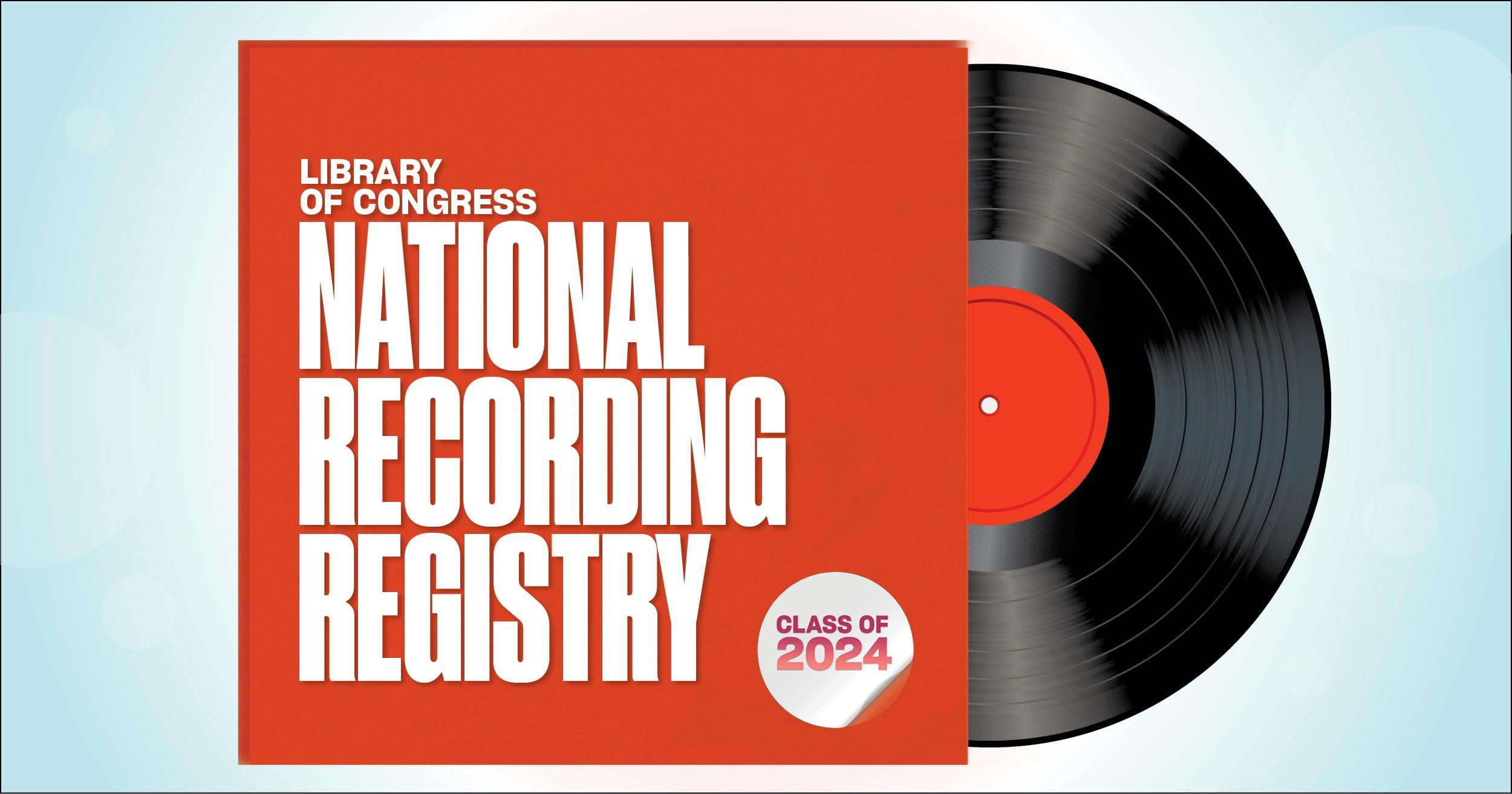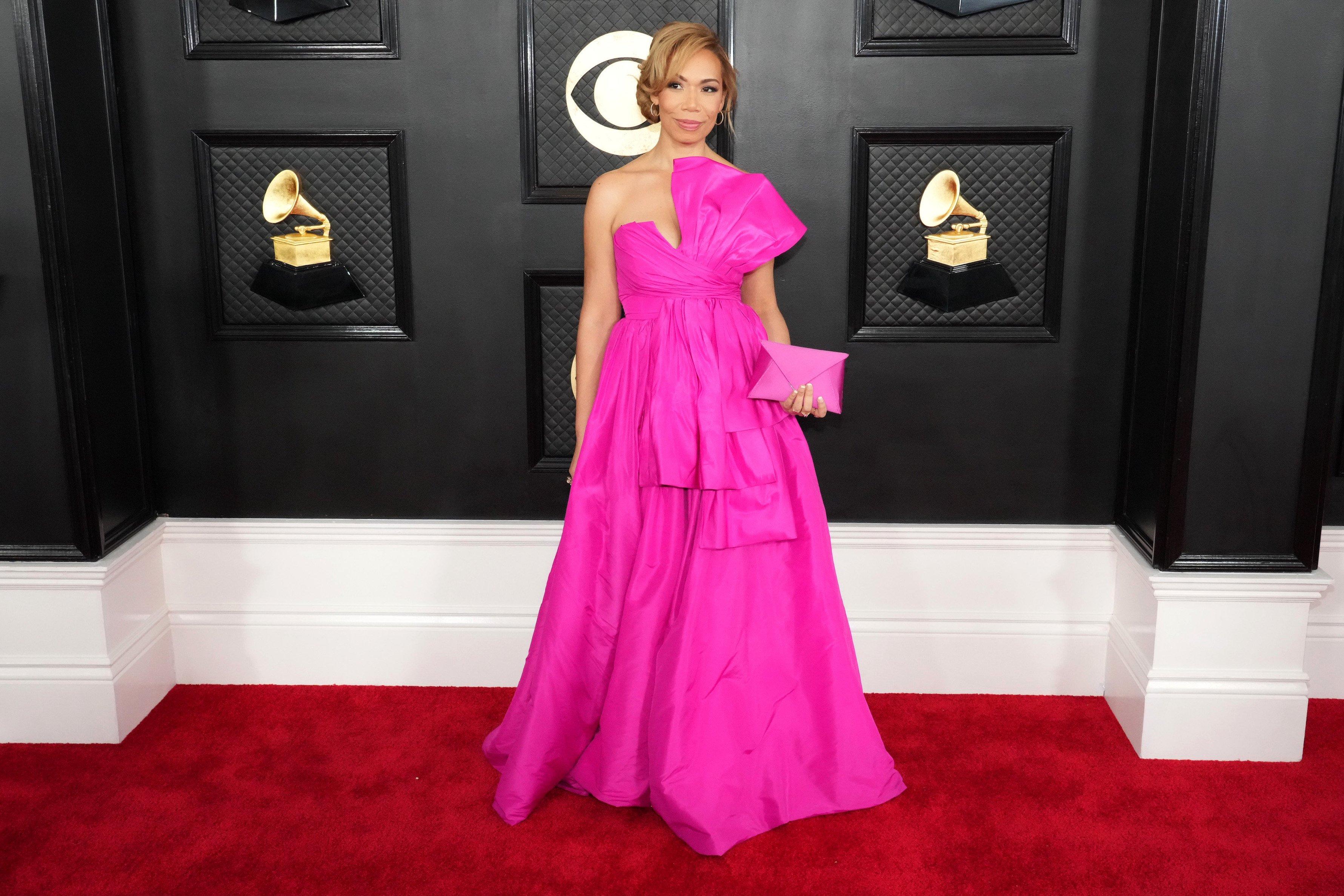Michael Benavente is a ravenous music lover, digging everyone from AC/DC to Adele. But as the managing director of Bulova, the premier timepiece company, and someone who’s not a musician, he's honest with himself about one possibility.
"I'll never be near a GRAMMY ever in my life," he asserts. "But this gives me an opportunity to have a piece of a GRAMMY on my wrist."
What's he referring to? A resplendent collection of watches Bulova has crafted in partnership with the Recording Academy. How is it a "piece of a GRAMMY," though?
On the dial of each of these watches, the gold alloy you see is GRAMMIUM — the very material from which GRAMMY Awards are made. Obviously, music and fashion go hand-in-hand, but Benavente argues there's something deeper at play here.
"The emotional connection is really, really strong," he says, speaking both of a cherished song and an inherited timepiece from a loved one. Maybe they fire up the same neurons after all — and that's the heart and soul of the years-long partnership between the Recording Academy and Bulova.
GRAMMY.com spoke with Benavente about his musical roots, why Bulova chose to partner with the Recording Academy, and what he's most looking forward to at the 2022 GRAMMY Awards on Sunday, April 3.
This interview has been edited and condensed for clarity.
What inspired this partnership between Bulova and the Recording Academy?
We have a history with music. We were the first radio commercial ever. We were the creators of the clock radio. We went on to be the first television commercial ever. So, our tagline has been "A History Of Firsts" for the last seven years. Actually, it just evolved into "Bold At Heart," which is a new campaign starting now.
But it was "A History Of Firsts" because we had a lot of firsts in the brand, whether in the product or in marketing and communications. When we were looking for a marketing platform seven years ago, music was really obvious for us to want to be involved in.
In a previous life with another brand, I had a relationship with the Recording Academy, so that made it that much easier to engage. So, it's been seven years together!
The golden gramophone is an internationally recognized symbol. How did Bulova fold the look and feel of the GRAMMY Award into the design?
For whatever collaborations we do, we really study hard — the icons and symbols. In this case, it was important for us to incorporate the gramophone and the gold and subtle details of the GRAMMYs into our timepieces.
I think the last iteration of the watch we created really ties the two together in that we're using actual GRAMMIUM, which is the material the gramophone statuettes are made of. The GRAMMIUM is on the dial of the watch.
So, I like to say that I'll never be near a GRAMMY ever in my life, but this gives me an opportunity to have a piece of a GRAMMY on my wrist.
What exactly is GRAMMIUM?
It's an alloy. Actually, a gentleman [in Colorado, John Billings] creates the statuettes from GRAMMIUM for the GRAMMYs every year, exclusively. So, we get the GRAMMIUM from him and ship it to our facilities, where we create the dials.
What can you tell me about the specific features of these timepieces?
We have a couple of different iterations that are in the GRAMMY collection. We're also partnered with the Latin GRAMMYs, so we have a relationship with them as well. But for the GRAMMYs, we have several different watches.
When we introduce a new watch, we like to keep the prior ones — assuming they're still selling well, and doing well — so we have a whole collection. So, we have quartz watches, which are watches that require a battery, but they're super-accurate.
We also have automatic — or self-winding — watches, which don't require any energy other than the movement of your arm. So, as long as you wear the watch, it's winding itself and keeping pretty accurate time.
If you put the watch down for two or three days, it'll lose all its energy because you're not wearing it, but it's super easy to just wind it up again and start using it, and you're back in business.
We have a little bit of everything in the collection, so we touch several different price points — medium to high, let's say — and different types of movements. Someone who's looking for a timepiece may not want a quartz watch, or vice versa; they may not want an automatic watch. So, we try to give options.
Can you give some insight on how they're made? I'm sure it's an elaborate and fascinating process.
It is. Our GRAMMY-version watches are made in Japan. Our holding, or parent, company is Citizen Watch America. They purchased Bulova about 12 years ago. We're part of that group, and what's great about that relationship is that they have big manufacturing facilities in Japan.
We also have a design studio in New York. So, we kind of marry the worlds of high engineering, and we have the heart and soul of the brand, which is in New York. Bulova has been in New York for 147 years uninterrupted, which I think is always the coolest part of the story.
So, you get that New York-U.S. attitude in the design and development, and we get that great Japanese engineering.
How do you connect your early love of music to your current role as managing director of Bulova?
For me, music is such an emotional communication tool. Of our senses, smell is number one in terms of triggering a memory. They say you can smell something you haven't smelled in 30 years, you come back in contact with that odor, and you're right back to where you were that time.
Music's not that different. Maybe it's not as powerful as scent, but pretty close. You can always remember a song you heard 20, 30 years ago. Sometimes, you remember exactly where you were, who you were with, what you were doing. The emotional connection is really, really strong.
For us, in the timepiece/watch business, I like to say we're not selling watches anymore as a utilitarian item because nobody really needs a watch to tell time. There are 100 gadgets probably within our arm's length that will tell you the time.
But people choose to wear a watch today for that emotional connection. Sometimes, it's handed down from generation to generation. Sometimes, someone wants to buy a new watch to start a new tradition. They may want to hand it down to their son, daughter, friend — or gift it. Music adds that extra layer to that emotional connection.
What's your strategy to get music fans interested in these elegant timepieces?
We've done a lot of work with the GRAMMYs over the years. Part of this collaboration is through activations. Certainly, we're official partners as well in terms of timekeeping, so we're on the website. We count down to the evening, so our countdown clock is there.
We activate, really, 365 [days per year], although GRAMMY Week is one week and GRAMMY night is one night. We're activating year-round. We have more than 6,000 points of sale in the United States, so we have a pretty wide distribution in which we're communicating the GRAMMY message every day — whether through sales associates in stores or our digital flagship at Bulova.com.
We use a lot of different channels to communicate the relationship between Bulova and the GRAMMYs.
What are you listening to lately?
I'm a very eclectic listener. I listen to a broad range of craziness. [Laughs.] I've been listening to the new Adele album. I thought that was quite interesting from her. She sounds really good. We have a Sinatra collaboration we started three or four years ago, so I've been listening to a lot of Frank and Tony Bennett lately.
And then I can weird you out and start listening to some AC/DC. I'm a big Rush fan. I really am all over the place.
What are you personally excited about regarding the 2022 GRAMMYs?
I'm looking forward to getting everybody back together at [MGM Grand Garden Arena in Las Vegas]. Unfortunately, I can't make it this year; this will be the first [GRAMMYs] I've missed in quite a long time. But we are sending some other folks from our team, so I'm excited for them to be able to see everybody back together again.
2022 GRAMMYs Awards Show: Complete Nominations List





